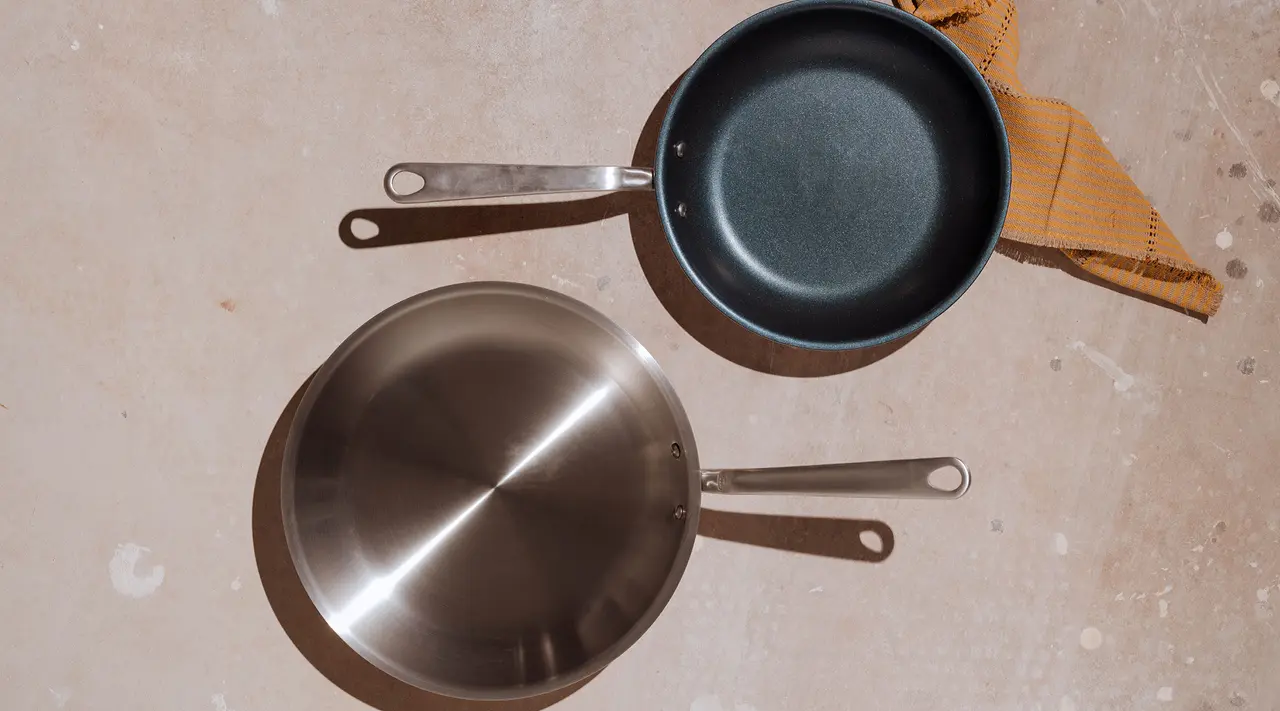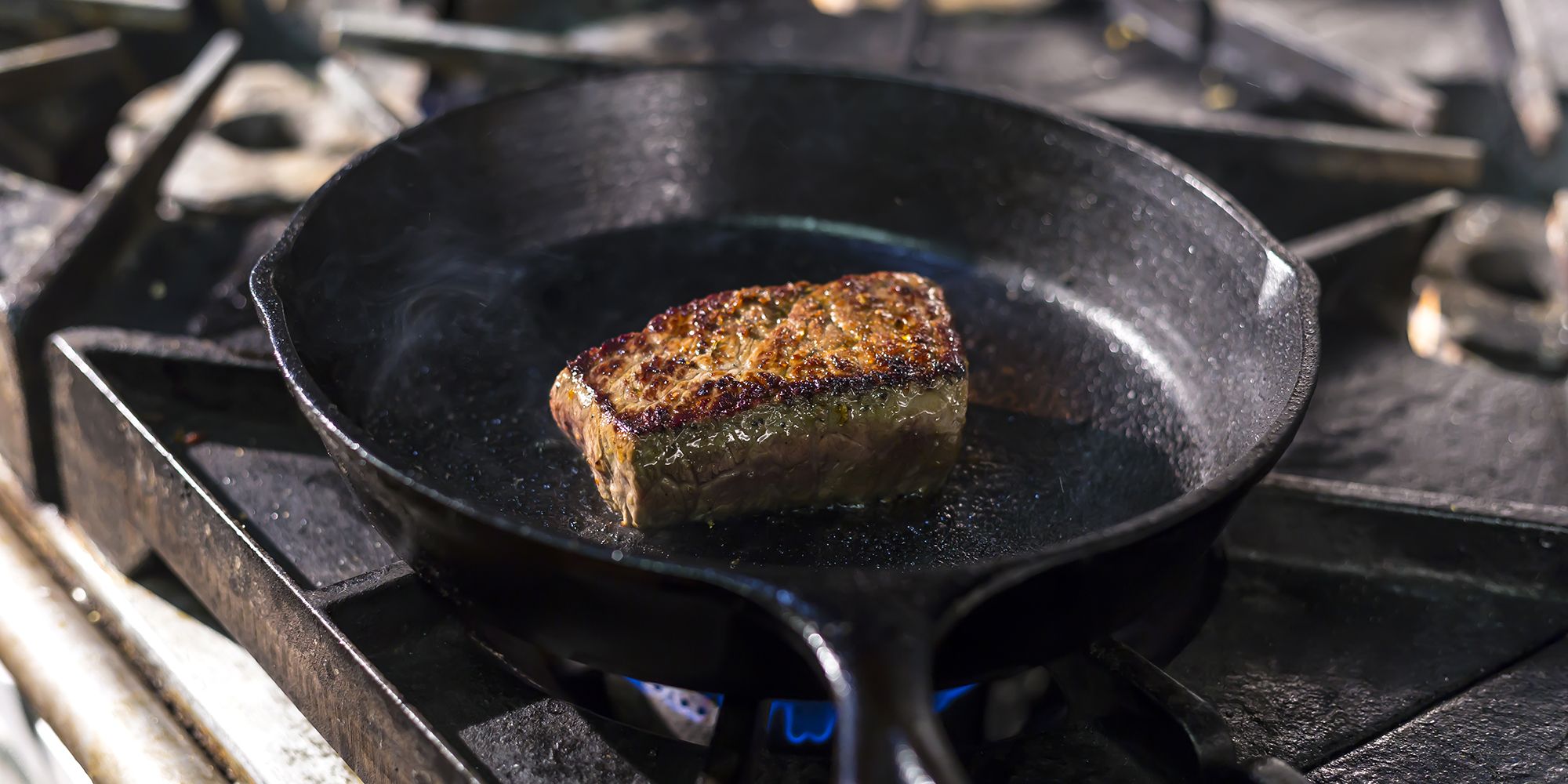The Ultimate Skillet Guide: Expert Insights for Gourmet Home Cooking
The Ultimate Skillet Guide: Expert Insights for Gourmet Home Cooking
Blog Article
Master the Art of Cooking With a Frying Pan: a Novice's Guide
Master the Art of Food Preparation With a Skillet: a Newbie's Overview is a detailed source for individuals eager to enhance their cooking abilities utilizing a flexible kitchen area tool - the skillet. From picking the ideal frying pan to grasping essential techniques and warmth control, this guide covers all the fundamentals needed to end up being a competent frying pan chef.
Selecting the Right Skillet
Picking the ideal frying pan is essential for grasping the art of cooking with this flexible kitchen area tool. With so several options available in the market, it can be frustrating to make the right choice. Understanding the key aspects to think about can streamline the decision-making procedure.
Primarily, it is essential to take into consideration the material of the skillet. Skillets are typically made from cast iron, stainless steel, or non-stick coated materials. Each material has its own pros and disadvantages. Cast iron skillets are known for their exceptional warmth retention and sturdiness, while stainless-steel frying pans supply also heat circulation and are very easy to preserve. Non-stick frying pans are excellent for low-fat cooking and very easy cleanup.
Dimension is another important factor to take into consideration. Frying pans are available in different sizes, commonly gauged in inches. It is recommended to select a frying pan that matches the dimension of your stovetop heater. A skillet that is as well little might lead to overcrowding, while a skillet that is also huge can result in uneven cooking.
Last but not least, manage layout and heat resistance need to also be taken right into account. A frying pan with a long and comfy take care of permits simple maneuverability and minimizes the threat of burns. Furthermore, the handle need to be heat-resistant to make certain risk-free handling throughout cooking.
Necessary Skillet Strategies
To truly understand the art of cooking with a skillet, it is necessary to discover a series of techniques that will raise your culinary skills to new heights. While the frying pan is a flexible and important tool in the cooking area, understanding and grasping these techniques will permit you to develop a range of tasty dishes easily.
One important technique is sautéing, which includes food preparation food promptly in a percentage of hot oil or fat. This technique is perfect for cooking veggies, meat, or seafood, as it assists to retain their all-natural tastes and structures.
An additional vital strategy is hot, which entails food preparation food over high warmth to produce a browned and flavorful exterior. This is frequently finished with meats, such as steak or poultry, to create a caramelized crust while maintaining the indoor wet and tender.
Deglazing is additionally a valuable technique that involves including liquid, such as broth or white wine, to the skillet after food preparation meat - skillet guide. This assists to produce a flavorful sauce by loosening and integrating the browned bits stayed with the base of the frying pan
Finally, stir-frying is a popular technique that includes quickly cooking small pieces of food over high warmth while frequently stirring. This technique is typically utilized in Eastern food and enables a delicious and quick meal.

Grasping Warm Control
Understanding heat control is critical for accomplishing ideal results when cooking with a frying pan. The ability to control the temperature level and adjust allows you to prepare different ingredients to perfection. Comprehending warmth control not only prevents your food from melting or undercooking, however it additionally enhances flavors and structures.
To start, it is crucial to pre-heat your frying pan correctly. Reduced warm is excellent for fragile foods that require gentle food preparation, such as fish or eggs.
Readjusting the warm also often can affect the food preparation process. If you notice your food cooking as well swiftly, decrease the warm slightly.
Lastly, bear in mind the warm retention residential properties of your skillet. Cast iron frying pans, for instance, retain warmth well and need lower warmth settings compared to stainless steel or non-stick frying pans. By recognizing your frying pan's warm conductivity, you can better control the cooking process and achieve constant results.
Taking Care Of Your Skillet
Appropriate upkeep is essential to maintaining the durability and performance of your skillet. Caring for your skillet entails a couple of simple yet important steps that will certainly ensure it stays in outstanding problem for several years ahead.

Second of all, it is advised to period your skillet consistently. Spices entails using a slim layer of oil to the frying pan's surface and home heating it up until it polymerizes, developing a natural non-stick covering. This procedure enhances the frying pan's performance and protects against food from sticking.
Moreover, storing your frying pan appropriately is vital. To stay clear of harming the surface or scraping, place a paper towel or cloth in between each skillet if you stack them. It is likewise a good idea to save your frying pan in a completely dry location to avoid wetness and corrosion development.
Lastly, remember to regularly examine your frying pan for any type of indications of wear or damage - skillet guide. Resolve them immediately to stop more damage. if you observe any kind of concerns.
Delicious Frying Pan Recipes
For those wanting to broaden their cooking repertoire, the frying pan uses an array of delicious recipe alternatives. The convenience of this kitchen area device enables a vast array of my website cooking strategies, from browning and burning to sautéing and simmering. Whether you choose meat, fish and shellfish, veggies, or grains, there are plenty of frying pan recipes that will satisfy also the most discerning palate.
One timeless skillet recipe is the seared steak. By preheating the frying pan and adding a touch of oil, you can attain a completely caramelized crust on the exterior while keeping the meat tender and juicy on the inside. Couple it with a side of sautéed vegetables or a luscious mushroom sauce for a complete here and passionate dish.
If you're in the mood for fish and shellfish, a skillet dish like lemon garlic shrimp is both delicious and quick. With simply a couple of easy active ingredients like fresh shrimp, diced garlic, lemon juice, and butter, you can develop a delicious meal that can be enjoyed by itself or offered over pasta or rice.
For vegetarians, a frying pan recipe like ratatouille is a fantastic option. This conventional French dish includes an read what he said assortment of colorful veggies such as eggplant, zucchini, bell peppers, and tomatoes, prepared together with spices and natural herbs to create a harmonious blend of flavors.
Final Thought
To conclude, grasping the art of food preparation with a frying pan requires choosing the right frying pan, discovering important strategies, mastering warm control, and caring for the frying pan properly. By complying with these steps, newbies can become proficient in utilizing a frying pan for different tasty recipes.
Master the Art of Food Preparation With a Frying Pan: a Novice's Guide is a comprehensive source for individuals anxious to improve their culinary abilities making use of a versatile cooking area tool - the frying pan. From choosing the ideal skillet to grasping necessary methods and heat control, this guide covers all the basics needed to come to be a competent frying pan chef. In addition, it provides valuable understandings on correct skillet upkeep and supplies a collection of tasty recipes that showcase the frying pan's possibility. Cast iron skillets are understood for their exceptional warm retention and resilience, while stainless steel skillets offer also warmth circulation and are simple to maintain. A frying pan that is too tiny might result in overcrowding, while a skillet that is as well large can lead to uneven food preparation.
Report this page